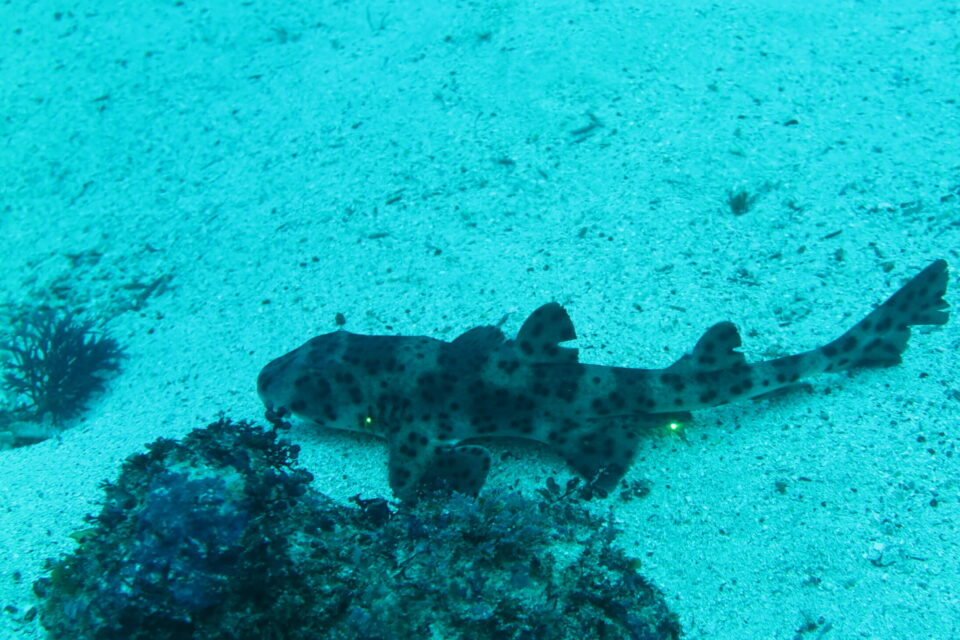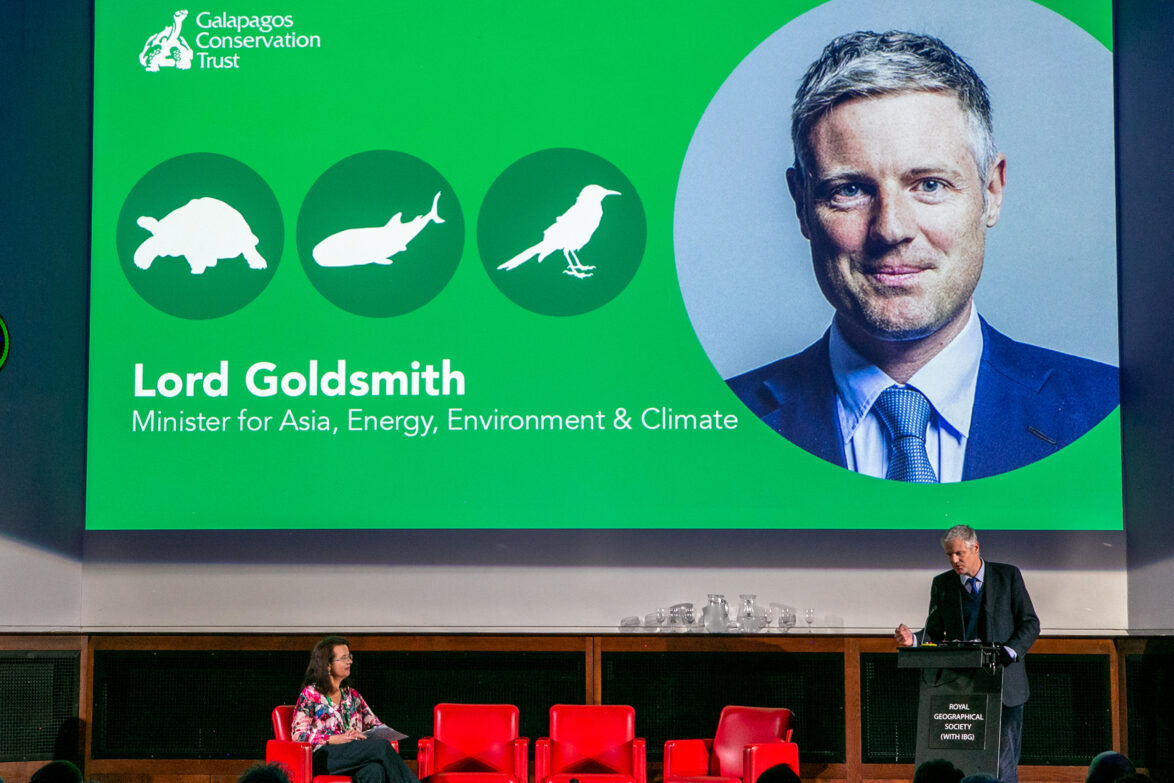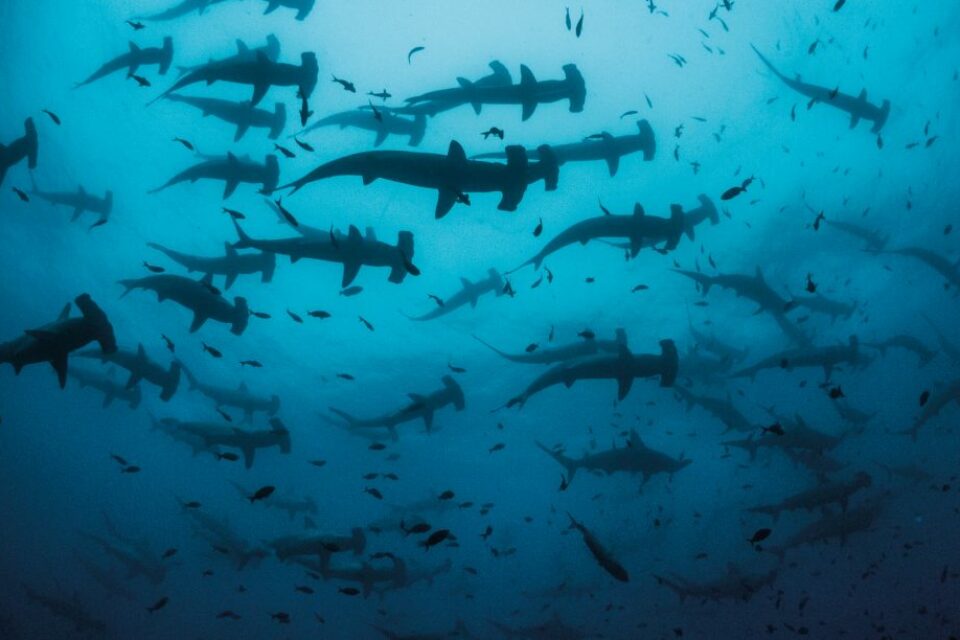

Ocean protection update: The Swimway, Hermandad and CMAR
A detailed look at the various ocean protection initiatives around Galapagos, including the Swimway, the Hermandad Reserve and CMAR.
This year marks the 25th anniversary of the creation of the Galapagos Marine Reserve (GMR), a historic milestone in the conservation of the Islands’ marine ecosystems. Sadly the threats to the oceans around Galapagos have only increased in the last 25 years, with the growing menace of plastic pollution, the intensifying of global climate change, and new pressures on wildlife from overfishing. We know that the GMR alone is not enough, and that migratory species such as sea turtles and scalloped hammerhead sharks are highly vulnerable once they leave the protection of the Reserve.
But there are also real grounds for optimism around ocean protection, which reached a high water mark in 2021 at the COP26 climate change conference in Glasgow, and it is worth taking stock of the current status of the various initiatives to protect the oceans around Galapagos.
The Galapagos-Cocos Swimway
The Galapagos-Cocos Swimway is a vital 700-km-long migration route for marine species that follows the Cocos Ridge, connecting the Galapagos Islands with Cocos Island in Costa Rica and the islands of Malpelo and Gorgona in Colombia. Galapagos Conservation Trust has been supporting the creation of a protected Swimway since 2018, helping our science partners to gather the evidence needed to drive forward the creation of this route.
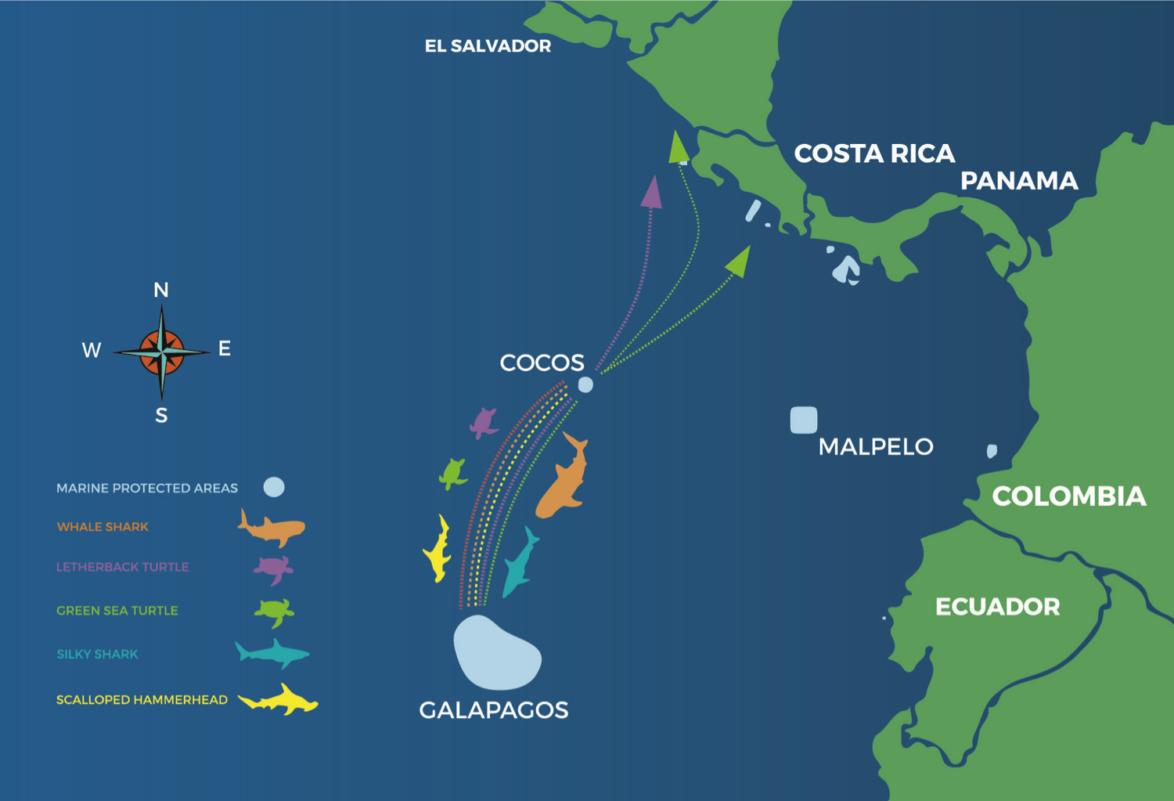
Research has shown that endangered and threatened species including green and leatherback sea turtles, whale sharks, scalloped hammerheads and silky sharks use the Swimway, yet these species are highly vulnerable to injury and death from industrial fishing fleets once they leave the protected areas around Galapagos and Cocos.
It’s important to think like the sharks, the sea turtles and the various forms of life that are not just found in places where we’ve named and claimed territory. We must consider the creatures that occupy this liquid space that we call the ocean and realize that if we were to take action to protect them, it’s not good enough that Cocos and Galapagos have an area of a safe haven around them. What about the space in between? That has to be protected too.
The Hermandad Reserve
The announcement at COP26 by Ecuadorian President Guillermo Lasso of the new Hermandad Reserve was a crucial step towards protecting the Swimway, and was based on findings from years of science supported by GCT and our partners. The new Reserve, which was formally created in January 2022, adds 60,000 km² to the 138,000 km² of the original Galapagos Marine Reserve, and increases the total area of Ecuador’s ocean that is protected from 13% to 18.9%. The Hermandad Reserve includes a 30,000 km² no fishing zone on the Swimway route, and a 30,000 km² zone to the northwest of the original GMR boundary where long-lining is now banned.
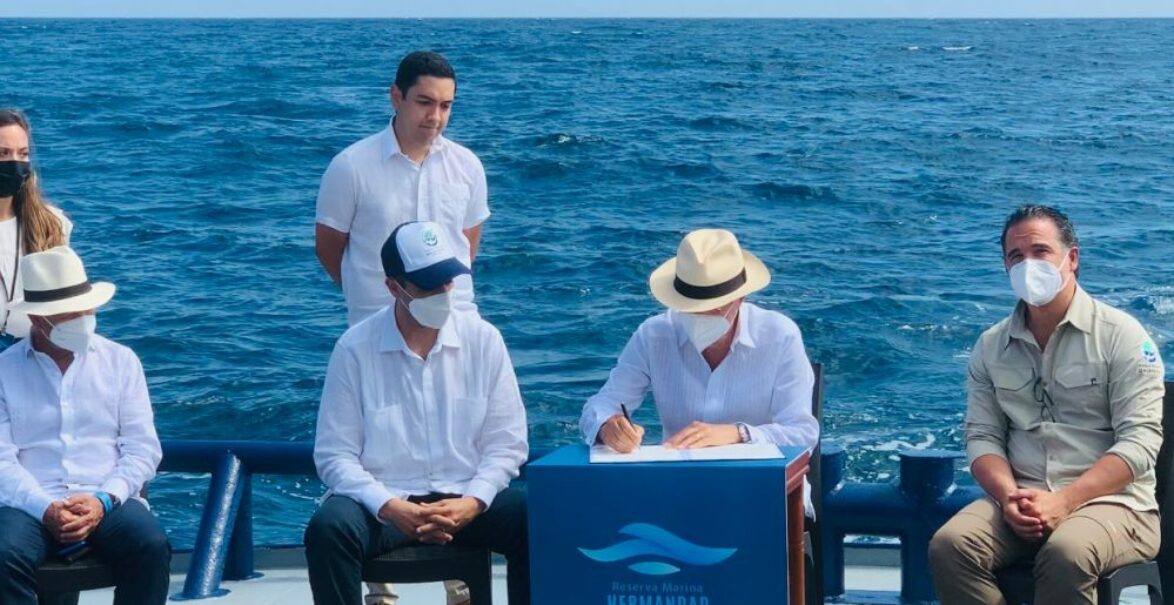
Protecting these key migratory routes has benefits beyond just conserving marine life, helping to mitigate climate change through blue carbon capture, and helping the local fishing industry thanks to the spillover effect, whereby the protection given by a marine protected area (MPA) helps depleted fishing stocks recover in the waters adjacent to the protected area. A recent study found that the creation of the world’s largest fully protected ocean reserve in Hawaii resulted in catches of yellowfin tuna near the reserve increasing by 54% in the space of just three years. Support from local fishing communities is key to the success of MPAs, and engaging with the community in Galapagos played an important part in the establishment of the Hermandad Reserve.
18.9 %
of Ecuador's waters now designated as protected
CMAR – The Eastern Tropical Pacific Marine Corridor
The day after the Hermandad Reserve was announced, there was another huge moment at COP26 as Ecuador, Costa Rica, Panama and Colombia committed to creating a ‘mega MPA’ that would create a fishing-free corridor covering more than 500,000 km², joining up the protected areas around Galapagos, Cocos, Malpelo, Gorgona and the Panamanian island of Coiba. This project is known as the Eastern Tropical Pacific Marine Corridor, or CMAR in Spanish, and began life back in 2004 as an intergovernmental initiative for the conservation and sustainable use of the region’s marine and coastal resources.
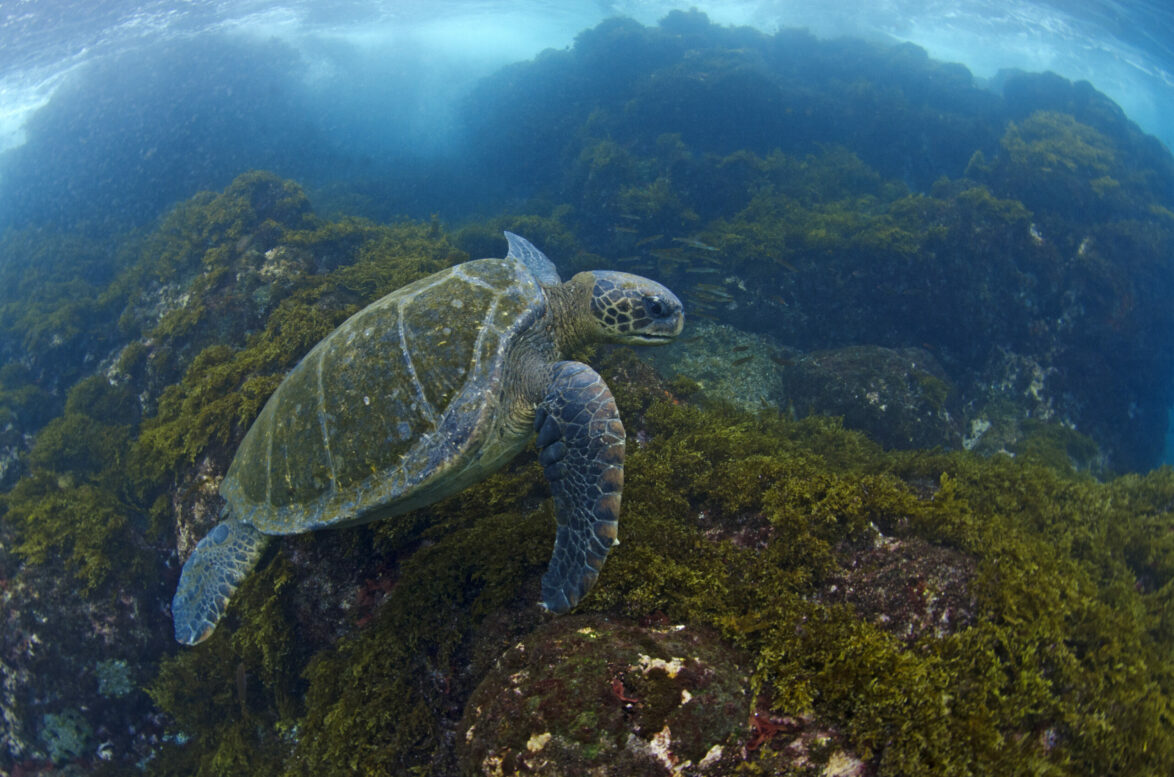
Shortly after COP26, in December 2021, the government of Costa Rica announced the expansion of Cocos National Park from 2,034 km² to 54,844 km², and the expansion of the Seamounts Marine Management Area from 9,649 km² to 106,285 km². And back in June 2021, the Panamanian government had already committed to tripling the size of the Coiba Ridge MPA. As the pieces of the CMAR jigsaw start to fall into place, the focus now needs to be on joining all of these protected areas together, as well as on the huge challenge of effectively managing and policing these greatly enlarged MPAs.
Last October at GCT’s annual Galapagos Day event in London, Lord Goldsmith, the UK Minister for Asia, Energy, Climate and Environment, described CMAR as ‘one of the most exciting ocean protection programmes that I’m aware of’. The UK government is part of a coalition of philanthropic, government and non-governmental organisations that have together pledged technical and financial assistance totalling more than US$150 million in private and public funds towards the CMAR project, building on the work that GCT and others have done to move ocean protection in the region up the political agenda.
In June 2022, the US government signed a Memorandum of Understanding with the four CMAR nations, setting out their ambition to ‘work together to strengthen marine governance, maritime security, and marine conservation finance, (and) contribute to the goal of effectively conserving or protecting at least 30 percent of the global ocean by 2030’. This sort of collaboration is exactly what we need to see if we are to tackle the huge environmental challenges that face Galapagos, the wider Eastern Tropical Pacific, and indeed the whole world.
After the hard-won successes of the last few years, the focus now needs to be on implementation and delivery, and we hope to see further progress over the coming months on protecting the marine migratory species of the Eastern Tropical Pacific.
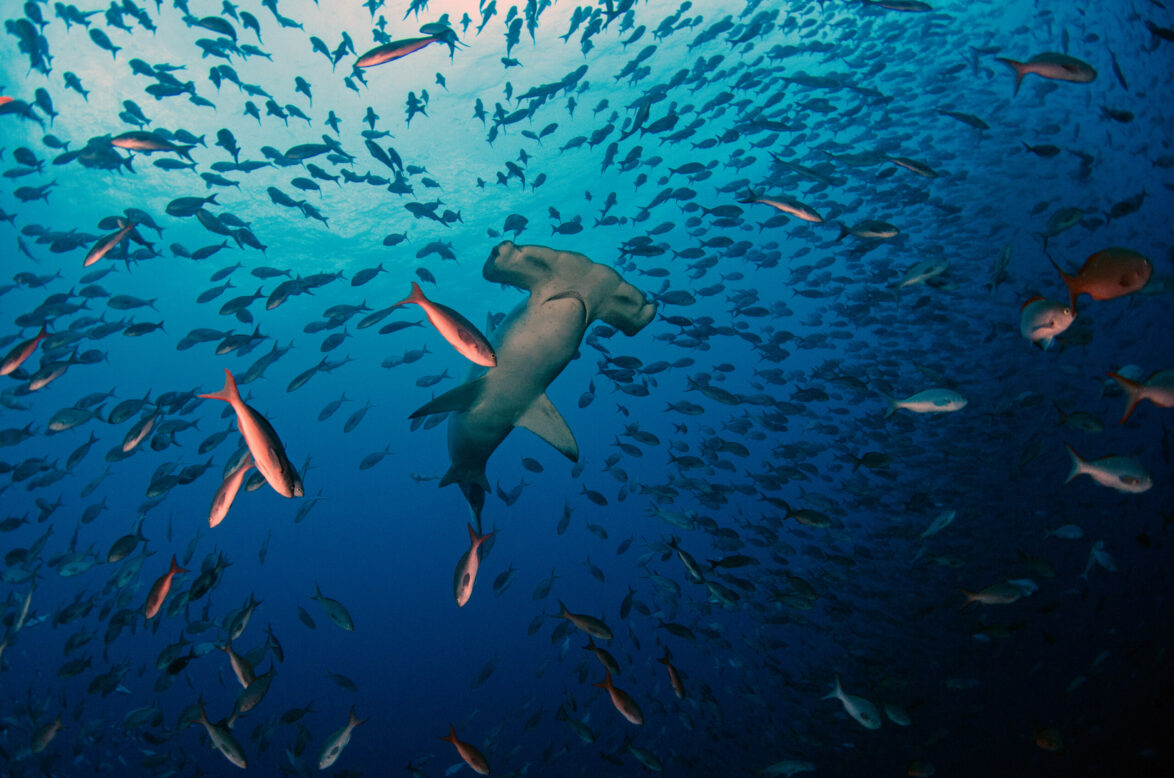
MPA Monitoring
The recently expanded Galapagos Marine Reserve provides a sanctuary for endangered marine life, but it is vital to monitor the impact of protected areas in order to inform management strategies.
Related articles

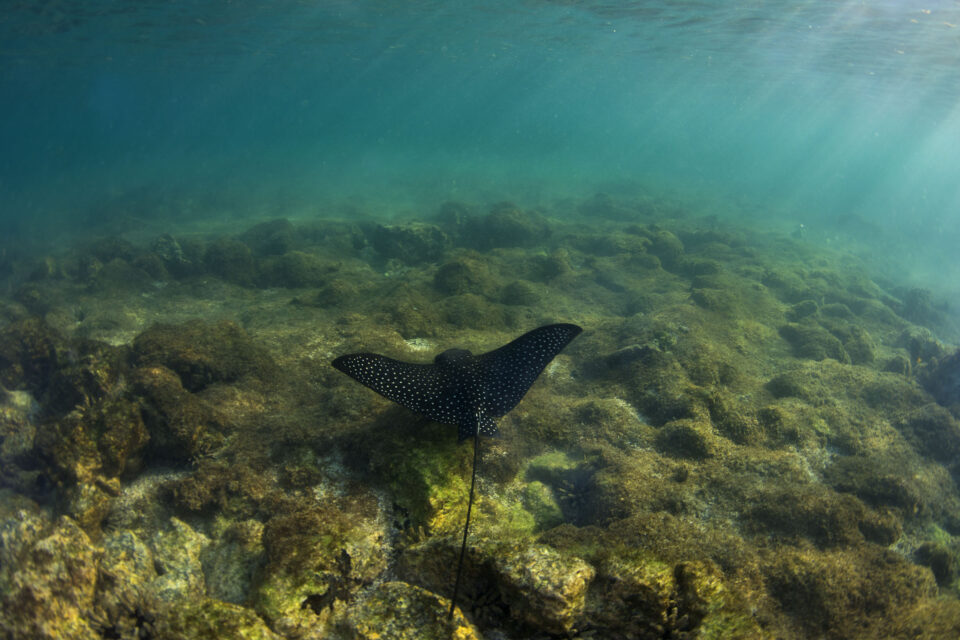
A week in the life of a female marine researcher
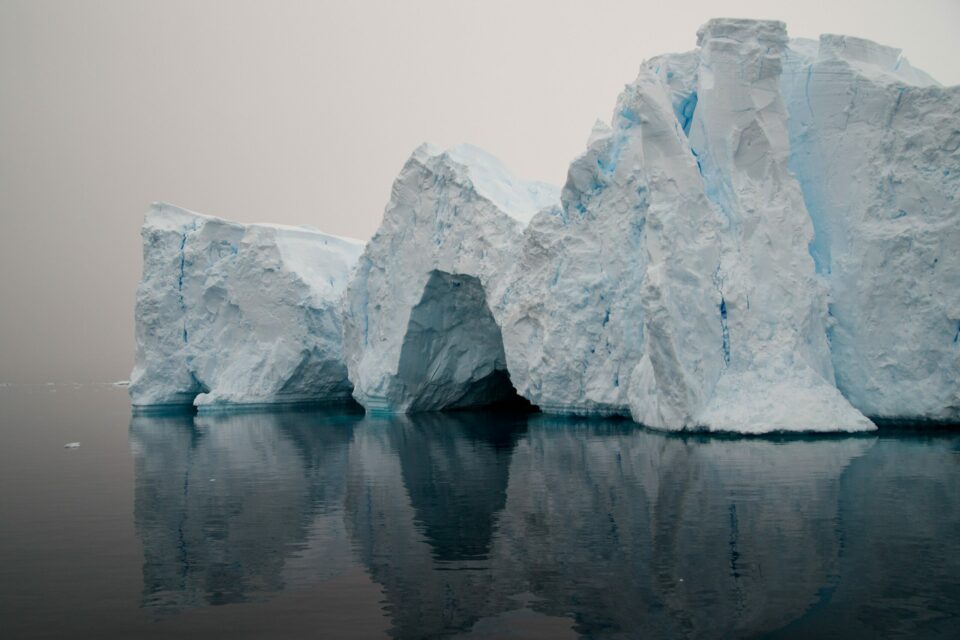
Galapagos and the Antarctic: A look beneath the surface
